Thousands of Americans face the possibility of losing their home every day. For a variety of reasons and many times through no fault of their own, good, hard-working people simply face a mortgage payment they cannot afford. And what’s more, the Joint Center for Housing Studies says homeownership across the country continues to decline and there’s no sign of relief in sight.
If you currently find yourself in this unfortunate situation, you might be wondering:
What can I do to save my home?
While selling off your home is always an option, there’s the potential of taking a financial loss. However, lease options afford homeowners the opportunity to not only keep the property and get out of debt, but to also MAKE MONEY on the entire deal.
Lease options can keep you out of foreclosure and give you a clear path to a clean slate. For example, let’s just say you know there are many families looking for homes for rent in Jacksonville. Maybe a leasing option will help you solve a family’s housing problem and solve your mortgage problem at the same time?
But which lease option is right for you?
Continue reading below to learn more about the top 3 leasing options for saving your home.
Lease Options Property Explained
- Straight Lease

The straight lease, also known as a flat lease, fixed lease or gross lease, is the most straight-forward of the leasing options available.
With a straight lease, the owner of the home rents out the property to a tenant for a fixed amount. In most cases, the renter will make payments in monthly installments. These payments will be made for the duration of the lease.
While a straight lease is good for a steady and consistent infusion of cash, they do not allow for escalation clauses in the rental contract for things such as increases in property taxes, inflation or other costs and fees.
- Straight Lease Option
The straight lease option gives you the opportunity to yield higher returns than a traditional straight lease.
In a nutshell, the owner also rents out the home or property, but the renting party will pay you a non-refundable fee, which is generally 2-5% of the property value, for the option to later purchase it at a predefined price on a future date.
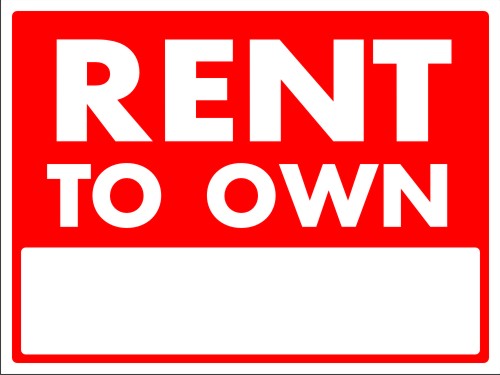
In other words, you are providing the opportunity for the tenant to rent to own.
With a straight lease option, the renter, or “optionee”, will make you monthly payments. These payments should be higher than the average market rent in the area because they have the option to purchase the home. These payments should also be more than enough to cover the cost of your monthly mortgage payments.
The new tenant will generally have 3-5 years to purchase your property and holds the right to buy before the lease period ends. The value of the home should increase over the course of the lease. If not, the renter can walk away from the deal without penalty.
The biggest benefit of the straight lease option is it gives you the ability to produce a higher cash return than rent or a flat lease alone. However, as you can see in the video below, there is a great deal of work that needs to be done to complete a deal:
- Sandwich Lease Option
The sandwich lease option is typically reserved for more experienced real estate investors and entrepreneurs as opposed to those looking to save their current home. With a sandwich option, you act as both the lessor and lessee. The first step is to land a property that you can lease option from the home’s current owner. Once you’ve found the property, the next step is to find a party looking to rent it under a lease option.
In short, you are using someone else’s property as an investment tool without the risk of owning the home yourself.

With a lease option at the front of the deal and another option on the back end, you serve as the proverbial mayonnaise that holds the sandwich option together.
Pros & Cons of Utilizing Real Estate Leasing Options
 So, what are the pros associated with using leasing options?
So, what are the pros associated with using leasing options?
- Lease options can bail out homeowners who owe more than the property is worth
- Lease options can help you avoid foreclosure and maximize the remaining equity
- Lease options boost the buyer’s chances of obtaining bank financing when the time comes to purchase the home outright
- Lease options provide time for the owner and buyer for the value of the home to increase
- Lease option buyers are provided with a sense of ownership while the owner is relieved from the burden of being “house poor”
While lease options present many positives, there are some drawbacks:
- Making a profit through a lease option can take many months, if not years
- Screening a lease option buyer can be a challenging process
- Scam artists, such as “professional tenants”, may try to take advantage of new or unknowledgeable sellers
- Based on market fluctuations, the home may not increase in value, making the lease option agreement void
Is A Lease Option Right for You?
Now that you know the pros and cons of leasing options, are they right for you?
No two situations are alike, that’s why it’s best to consult an experienced and professional home buyer, such as the pros you’ll find right here at Highest Cash Offer, before entering any lease option agreement.
If leasing options aren’t the best fit for your situation and you want a straight CASH OFFER for your home, our experts are always standing by and ready to help. If you are in a desperate situation and need to sell your home quickly, you can have CASH in your hands in as little as SEVEN DAYS!
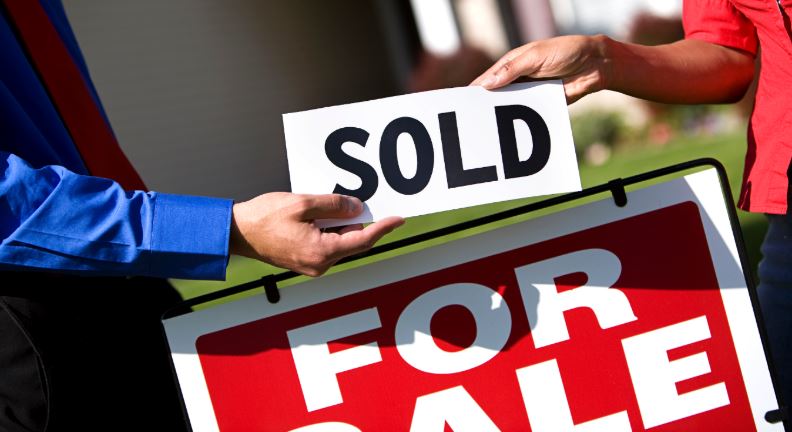
There’s NO LISTINGS, NO CLOSING COSTS and NO NEED TO MAKE REPAIRS!
If you need to sell your home, contact us right here for a FAST, NO-RISK and FREE cash offer on your home today!
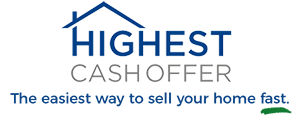

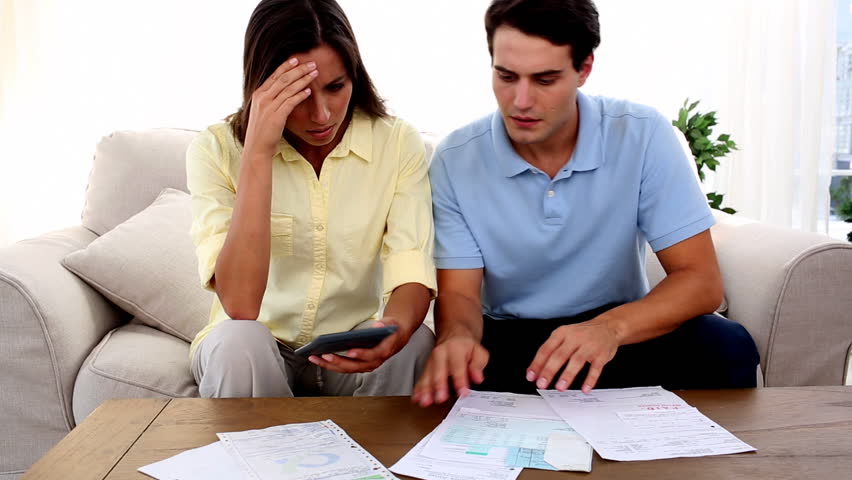
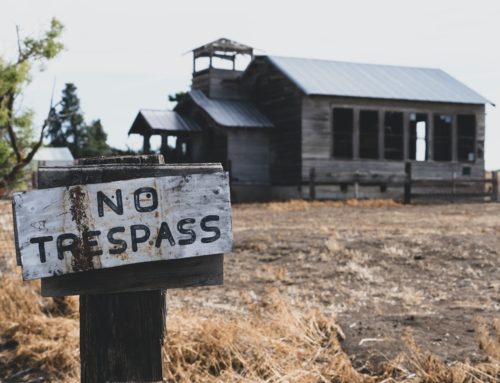
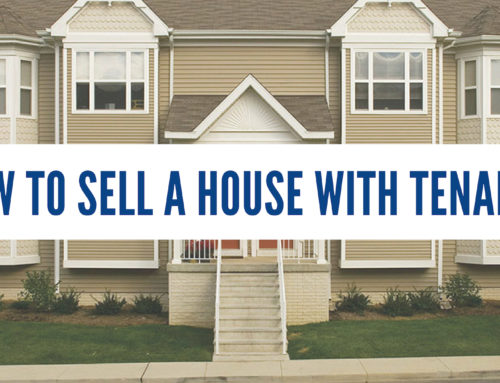
 Highest Cash Offer is a real estate solutions company. Our team of experts specialize in assisting homeowners with a wide variety of solutions to any real estate problem. Whether we buy your house for cash or not, our goal is to help you get the desired outcome you deserve.
Highest Cash Offer is a real estate solutions company. Our team of experts specialize in assisting homeowners with a wide variety of solutions to any real estate problem. Whether we buy your house for cash or not, our goal is to help you get the desired outcome you deserve.